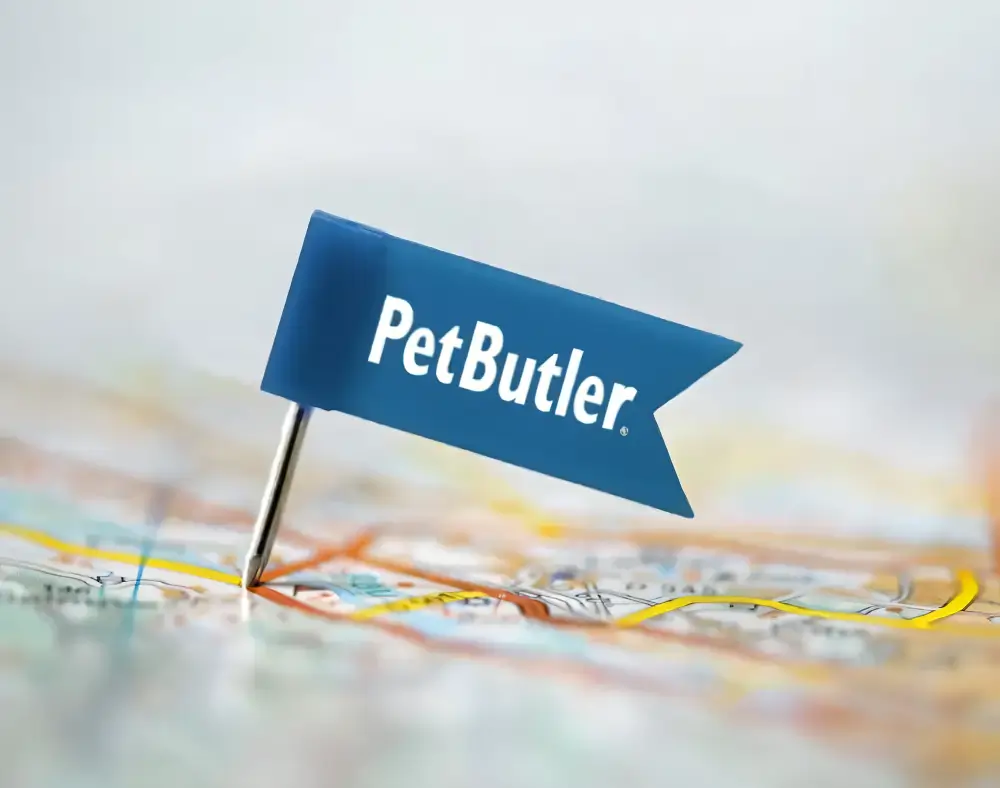According to the ASPCA’s National Pet Rehoming survey conducted in 2015, 47% of the 3.3 million dogs surrendered to shelters are relinquished due to “pet problems” including aggression, undesirable behaviors, and eventual adult size of the pet. So much is known about dog and puppy behavior, training, and optimizing adoption success of a new pet, there is much room for a decrease in these numbers.
Whether it’s a new puppy, an adult dog moving into a home with existing pets, or a senior dog with some behavioral “baggage” to unpack, some items to keep in mind to help socialize your dog with other dogs and humans include:
- Preparation
- Setting realistic expectations
- Consistency
- Obedience training
- Confidence building in your pet
- Seeking expert advice from a veterinarian
- Getting a trainer to facilitate formation of the human-animal bond
It is imperative to start your relationship with your dog or puppy off on the right foot; that begins with proper socialization with humans and dogs from day one. While it is possible to correct previous socialization training “wrongs” in an adult pet, the battle can be uphill, frustrating and often limited. Let’s talk about introducing a new puppy or dog into your home with the goal being a well-socialized, agreeable pet.
How to Socialize Your Dog
Understand personality traits. A new puppy is a veritable sponge, just waiting for you to impart knowledge and experiences which will shape future behavior. Dogs, like humans, have a natural tendency toward certain personality traits and selecting a breed or certain temperament of dog to match your lifestyle and expectations is critical. A naturally timid puppy will not do well in a home with young, unpredictable preschoolers, nor will a dominant dog thrive in an environment where other dogs are vying for the same spot on the social ladder.
Prepare the enviroment. Preparing your home for the introduction of a pup involves talking to your veterinarian to ensure proper puppy/breed selection prior to adoption, removing hazards, setting up a quiet retreat such as a covered crate, preventing unsupervised access to other pets and children, investigating puppy classes in your area that encourage socialization, and having a supply of delicious treats and toys on hand. It is ideal to bring any new puppy home around 8 weeks (after weaning) as the period for optimal socialization is about 3-12 weeks of age.
Classical conditioning method. Dogs deprived of human interaction during this time have reduced ability to adjust to new people, animals, and experiences. For psychology buffs, socialization is about classical conditioning: creating a positive association between two stimuli or events. Most puppies see play and food as a positive reward. Realistic interactions with not only the family members, but anyone the puppy may eventually encounter (crying babies, senior citizens with walkers) in a positive way should be immediately rewarded.
Generally, it’s too overwhelming for a new puppy to visit a pet superstore, teaming with too much of the wrong kind of stimulation. Just as important, educate young people interacting with the dog on how to gently play and pet and eliminate teasing or physical punishment.
Dog classes intended to promote socialization and positive interaction between other humans and pets are held in private training facilities, at veterinary clinics, and even at pet stores. Make sure all puppies are healthy and current on vaccinations and deworming prior to attending class.
Introducing Adult Dog in a new home. Introducing an adult dog to a new home, with or without existing pets, should be a gradual transition. By providing a separate, safe space for the new dog, he can become accustomed to routines, smells, and the social hierarchy which may exist among the original pets.
A neutral place, such as a mudroom or den as opposed to a desirable bedroom or kitchen location, is the preferred area to have dogs great each other while leashed and while feeding treats and giving praise. Dogs can also greet each other by sniffing under doorways or from across the room in individual crates if they show signs of agitation or body language indicates stress in closer proximity.
Allow the new dog supervised, gradual exploration of the home and yard. By reinforcing original pets’ social standing by feeding and attending to them first, less conflict arises. Petting dogs in each other’s company, when both are calm and “okay”, also reinforces the idea that good things happen when the other dog is present. Likewise, rewards should come when a new dog is introduced to other dogs on walks, children, or other social situations when behaving calmly.
Training. Training classes for adult dogs not only provide controlled exposure to new stimuli but can help teach you and your dog obedience commands which are necessary to control your dog and reassure them in confusing or scary situations. Though the critical window of socialization has closed for adult dogs, that doesn’t mean that they can’t learn to tolerate and even enjoy new interactions.
Dogs with known aggression issues can often live harmoniously with other dogs and humans. Vigilance and supervision, control, consistency, education, and awareness of body language and cues are keys to integrating a dog with behavioral problems into a home.
A veterinarian and trainer should be consulted when considering adopting or retaining such a dog in your home as they may pose a safety hazard to themselves and others. While some behavioral issues can be mitigated, a dog is still an animal and may respond in unpredictable or instinctual ways. Start smart and socialize responsibly!

